filter
-
Brand
- By Category
- Direction
- Date Range
369Events
Pictures
Events
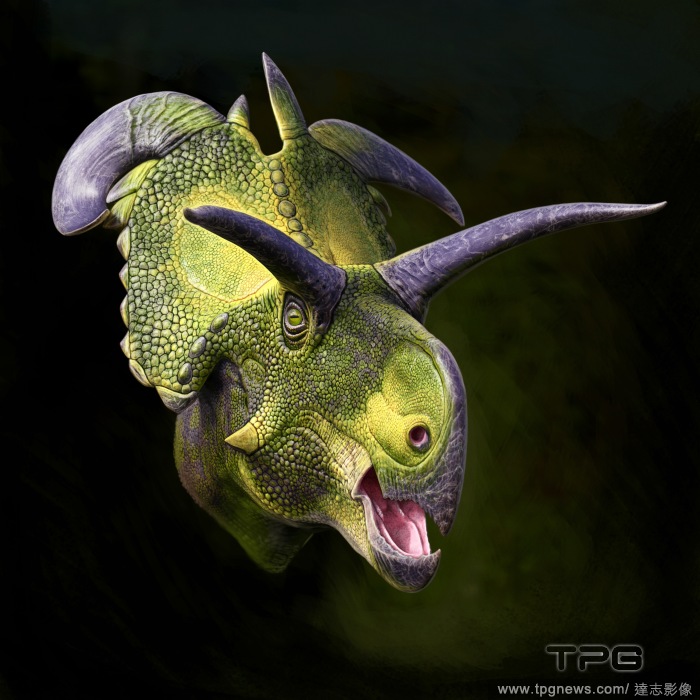
Editorial Giant Horned Dinosaur Discovered In Ancient Swamps Of Montana
- 2024-06-28
- 3
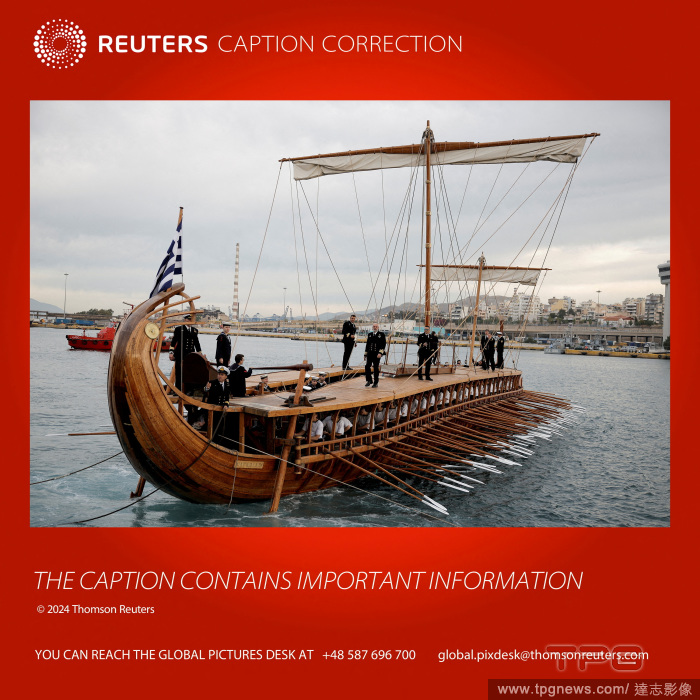
Editorial ATTENTION EDITORS - CAPTION CORRECTION FOR RC2UE7AP9SLN
- 2024-04-27
- 1
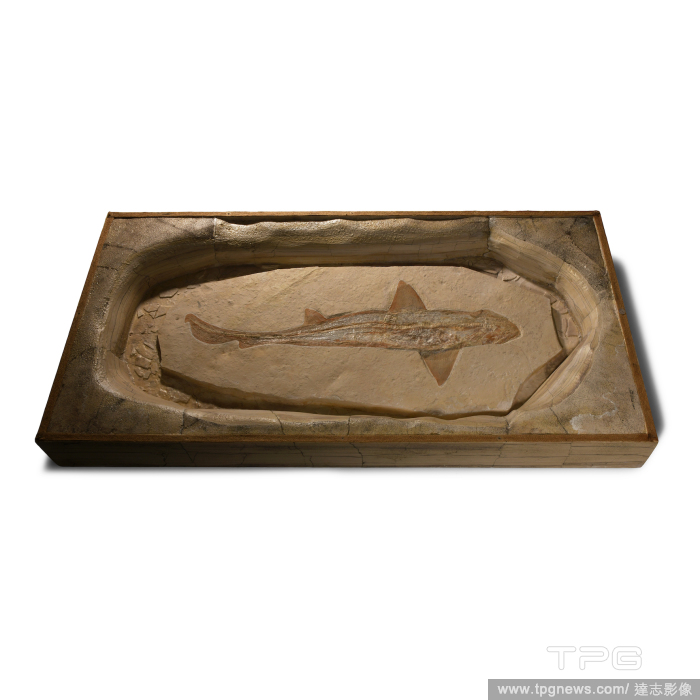
Editorial 'Exceptionally Rare' Ancient Shark Fossil Set For Auction
- 2024-02-05
- 3
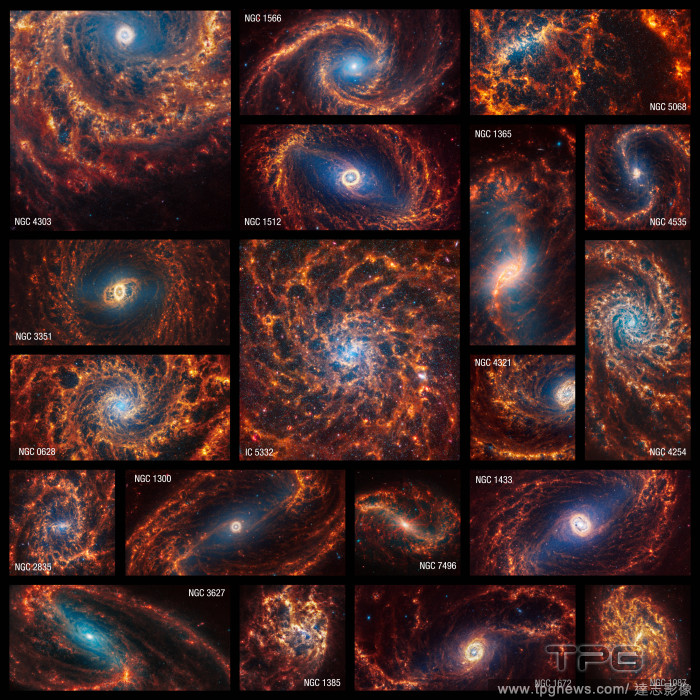
Editorial NASA Shares Series Of Spectacular Images Showcasing 19 Spiral Galaxies
- 2024-02-01
- 1
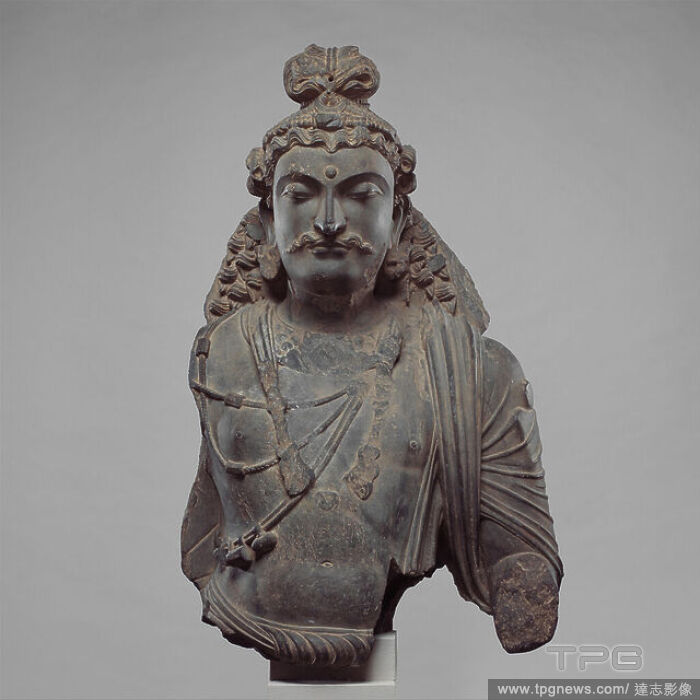
Editorial NASA Shares Series Of Spectacular Images Showcasing 19 Spiral Galaxies
- 2023-11-01
- 1

Editorial NASA Shares Series Of Spectacular Images Showcasing 19 Spiral Galaxies
- 2023-11-01
- 1
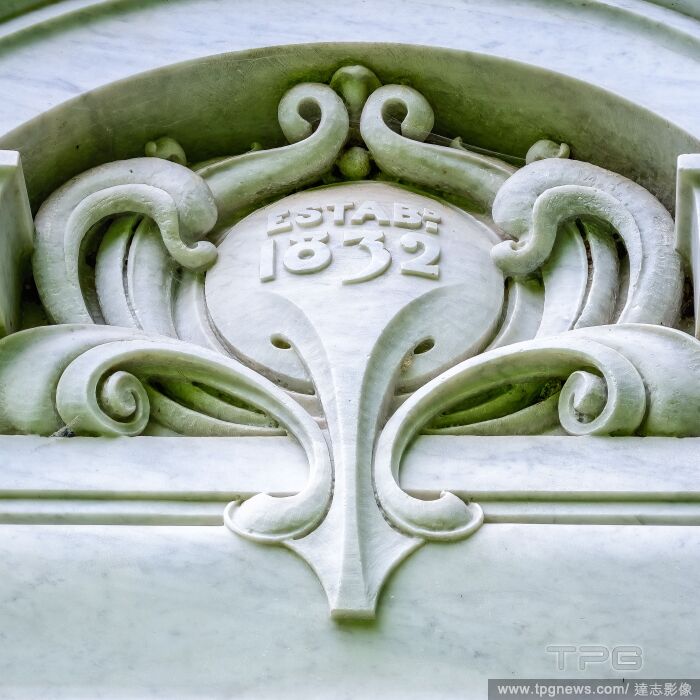
Editorial Guild Park and Gardens in Toronto, Canada - 20 Sep 2013
- 2023-10-25
- 1

Editorial Guild Park and Gardens in Toronto, Canada - 20 Sep 2013
- 2023-06-23
- 1
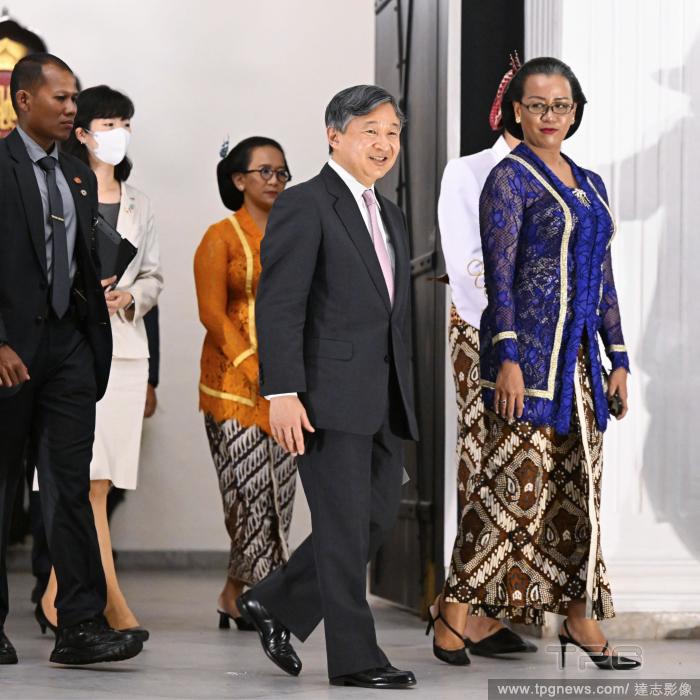
Editorial Guild Park and Gardens in Toronto, Canada - 20 Sep 2013
- 2023-06-22
- 1
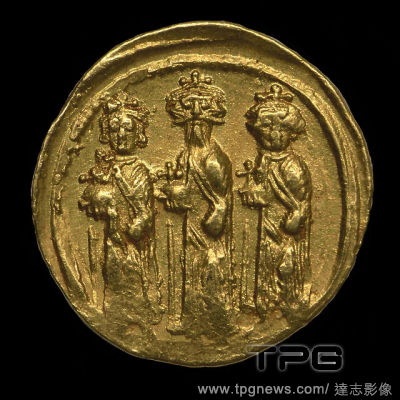
Editorial Guild Park and Gardens in Toronto, Canada - 20 Sep 2013
- 2023-06-16
- 1
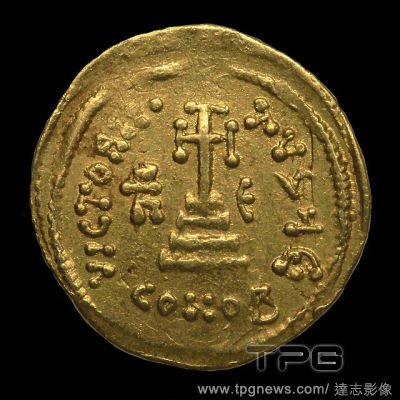
Editorial Guild Park and Gardens in Toronto, Canada - 20 Sep 2013
- 2023-06-16
- 1
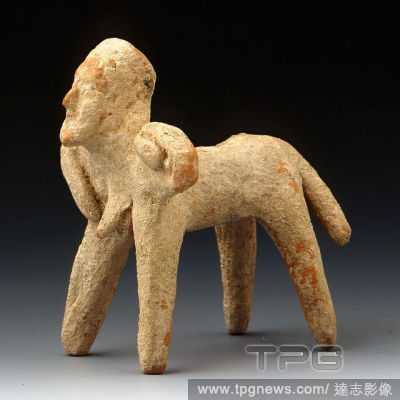
Editorial Guild Park and Gardens in Toronto, Canada - 20 Sep 2013
- 2023-06-16
- 1
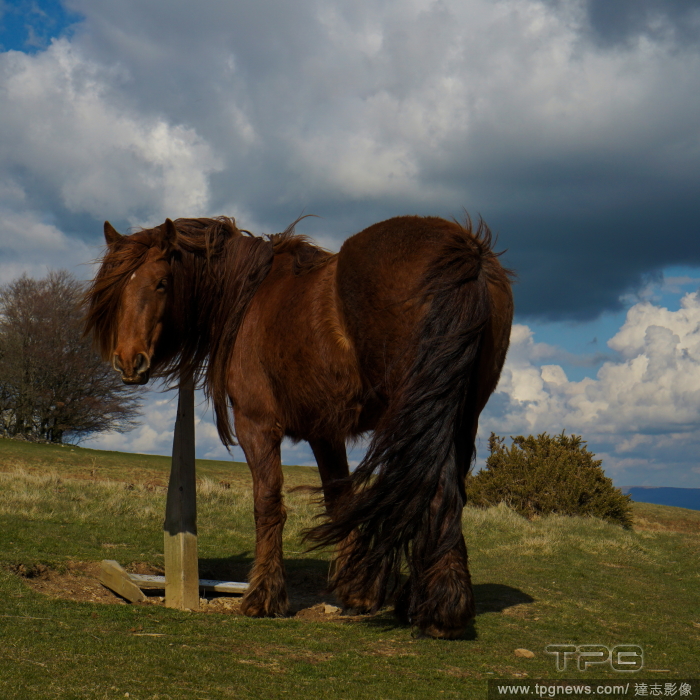
Editorial Guild Park and Gardens in Toronto, Canada - 20 Sep 2013
- 2023-04-17
- 2
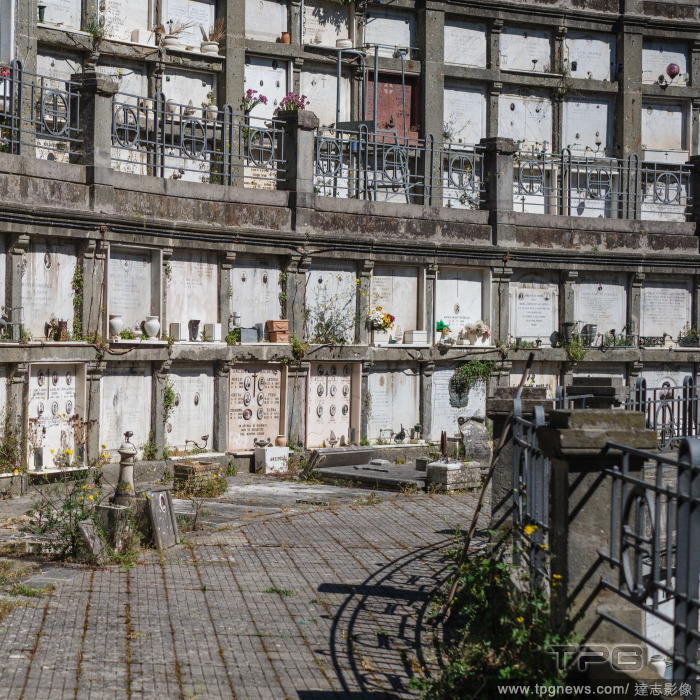
Editorial Guild Park and Gardens in Toronto, Canada - 20 Sep 2013
- 2023-04-11
- 1
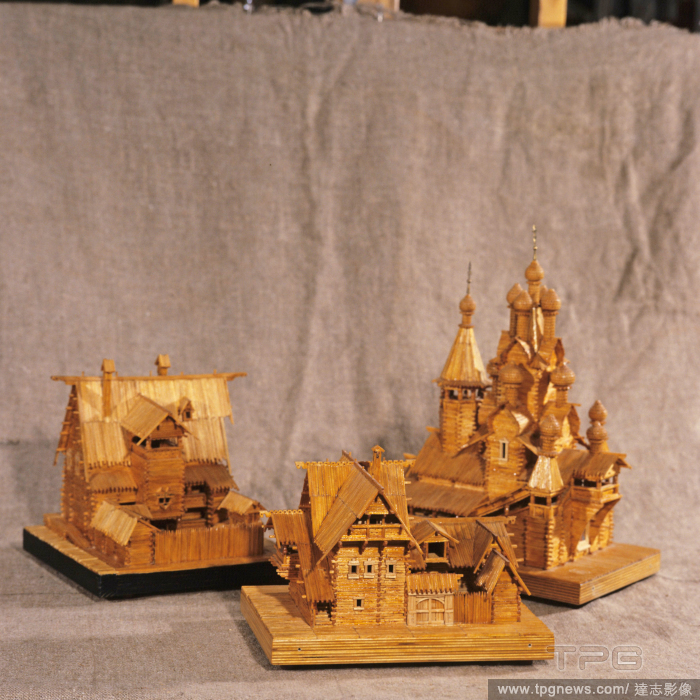
Editorial Wooden miniature
- 2023-02-15
- 1
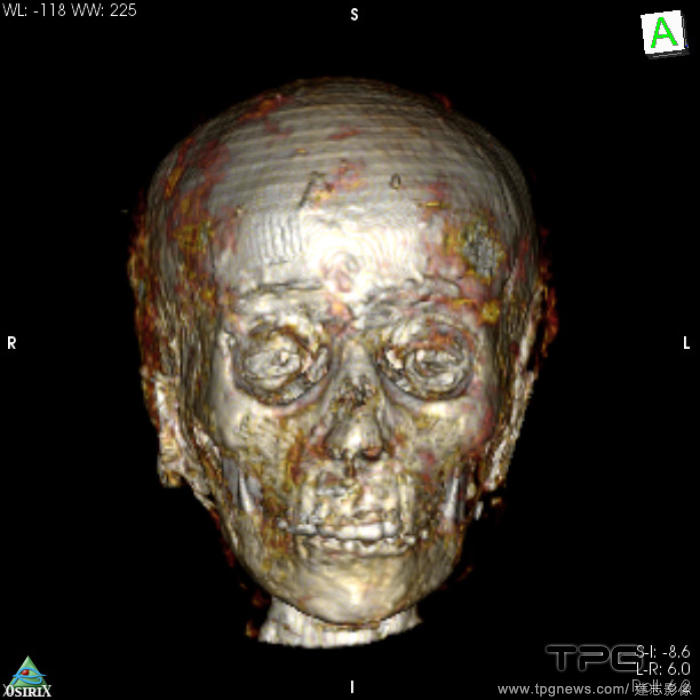
Editorial La mummia del 'ragazzo d'oro' sbendata in 3D dopo 2.300 anni
- 2023-01-25
- 1
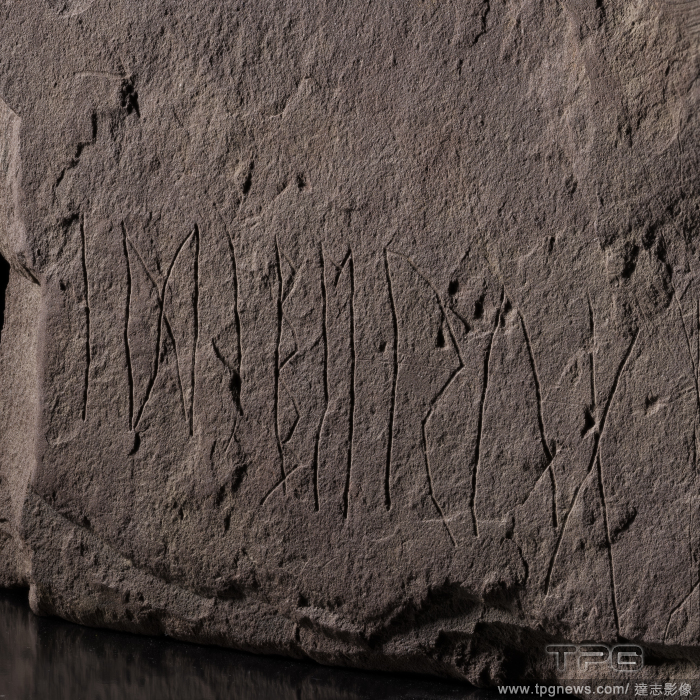
Editorial 'World's Oldest Rune Stone' Discovered In Norway - And Could Be Love Note
- 2023-01-20
- 4
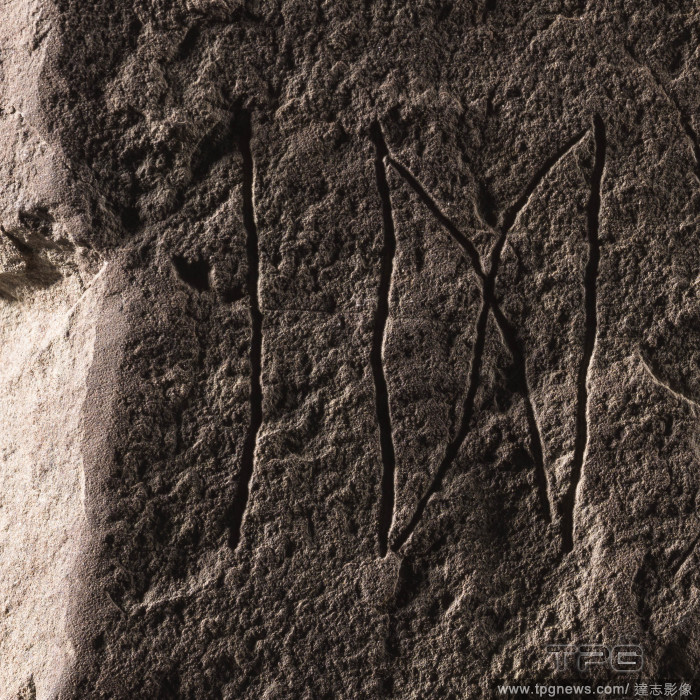
Editorial World's Oldest Rune Stone Discovered In Norway Could Be Love Note
- 2023-01-18
- 4
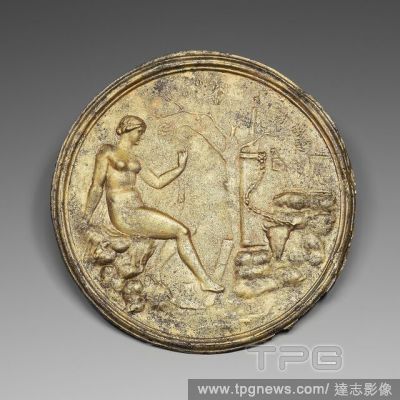
Editorial Mirror. Roman. Date: 101 AD-200 AD. Dimensions: Diameter: 11.8 cm (4 11/16 in.); Depth: 0.86 cm (3/8 in.). Reflective disk: bronze; repouss? disk: brass. Origin: Roman Empire.
- 2022-12-25
- 1

Editorial Bust of a Bodhisattva Shakyamuni.
- 2022-12-25
- 1
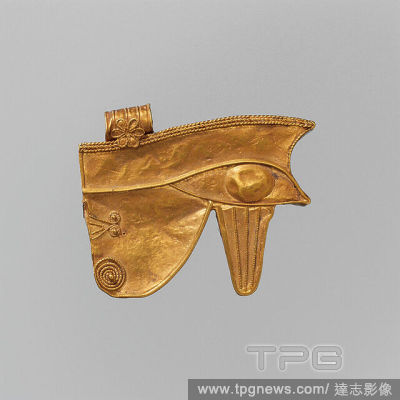
Editorial Wedjat Eye Amulet, Late Period, Dynasty 26?29, 664?380 B.C., From Egypt, Gold, H. 3.2 cm (1 1/4 in); w. 4 cm (1 9/16 in); th. 0.4 cm ( 3/16 in.), The symbolism of this wedjat-eye amulet was one of the most pervasive and powerful in ancient Egypt. Combi...
- 2022-12-25
- 1
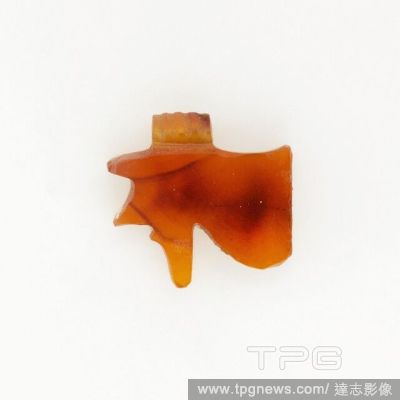
Editorial Wedjat Eye Amulet, Late Period?Ptolemaic Period, 664?30 B.C., From Egypt, Carnelian, L.1.3 cm (1/2 in), One of the most popular amulets in ancient Egypt, the wedjat eye represents the healed eye of the god Horus. It depicts a combination of a human and...
- 2022-12-25
- 1
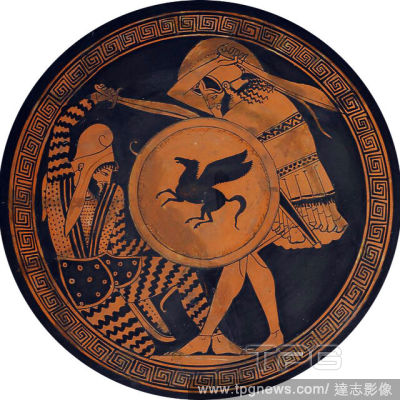
Editorial Greek hoplite fighting a Persian (Terracotta red-figure kylix).
- 2022-12-24
- 1
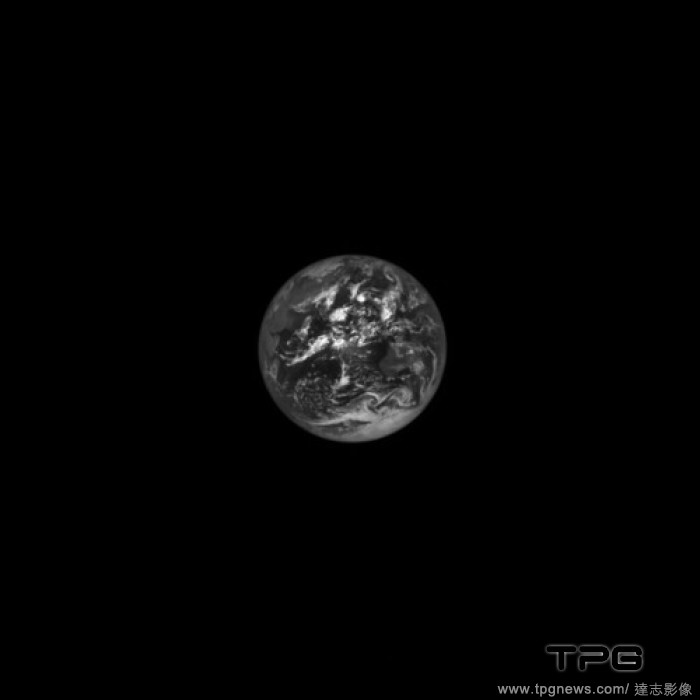
Editorial NASA Marshall
- 2022-12-23
- 1
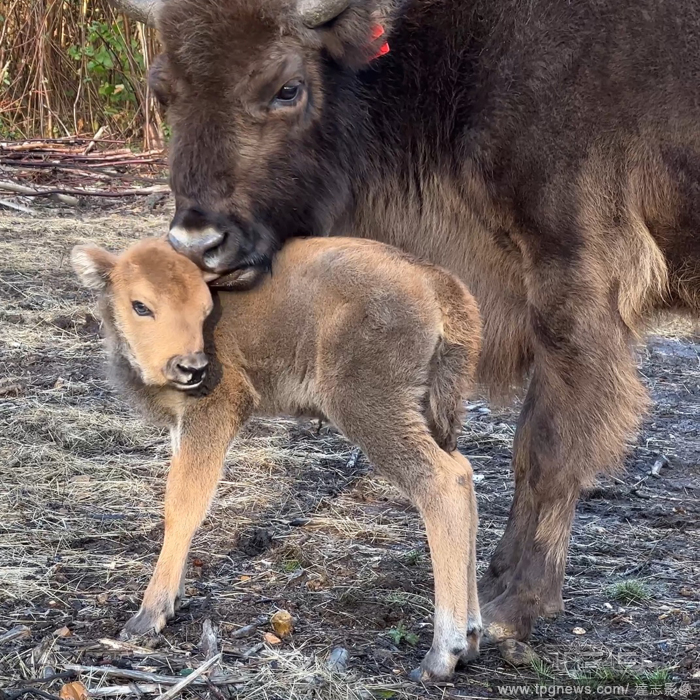
Editorial Bison Calf Born In The Wild In The UK For First Time In Thousands Of Years
- 2022-10-25
- 1
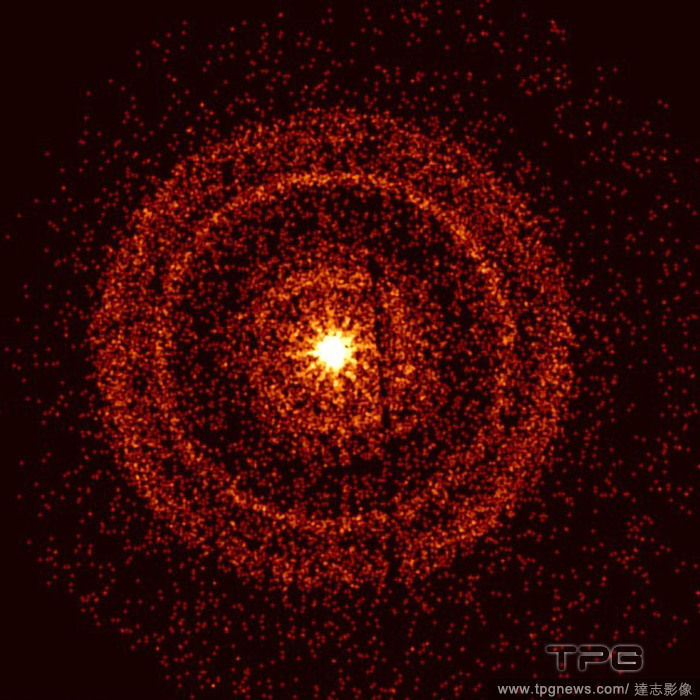
Editorial NASA`s Swift, Fermi Missions Detect Astonishing Cosmic Blast
- 2022-10-18
- 1
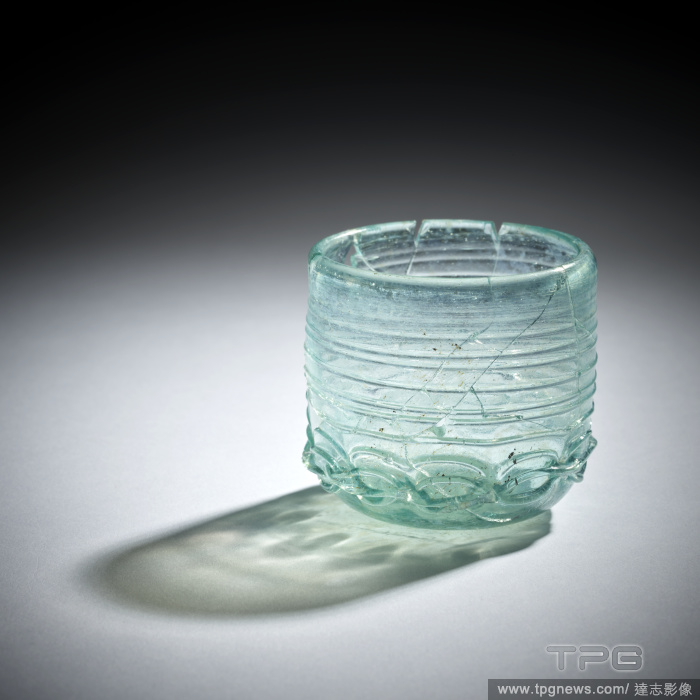
Editorial British Museum to display newly conserved ancient glass vessels damaged in 2020 Beirut port explosion
- 2022-08-27
- 2
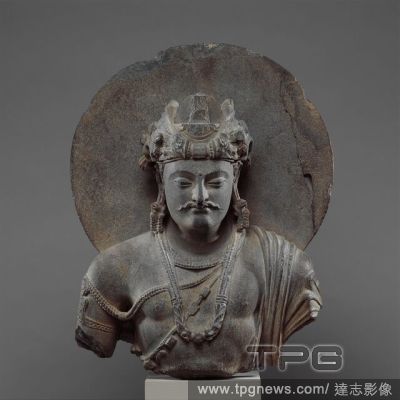
Editorial Bust of a Bodhisattva Shakyamuni.
- 2022-07-21
- 1
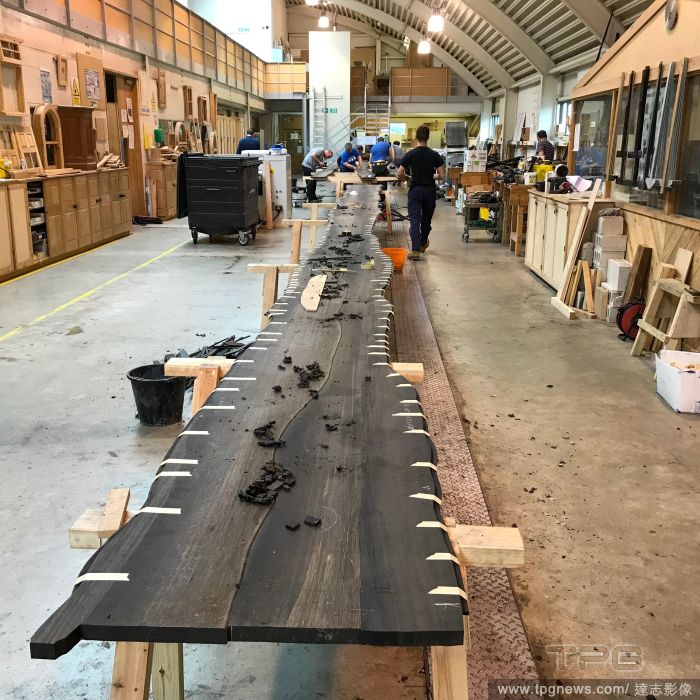
Editorial Spectacular 5000 year old black oak Jubilee table unveiled, UK - 23 May 2022
- 2022-05-24
- 2
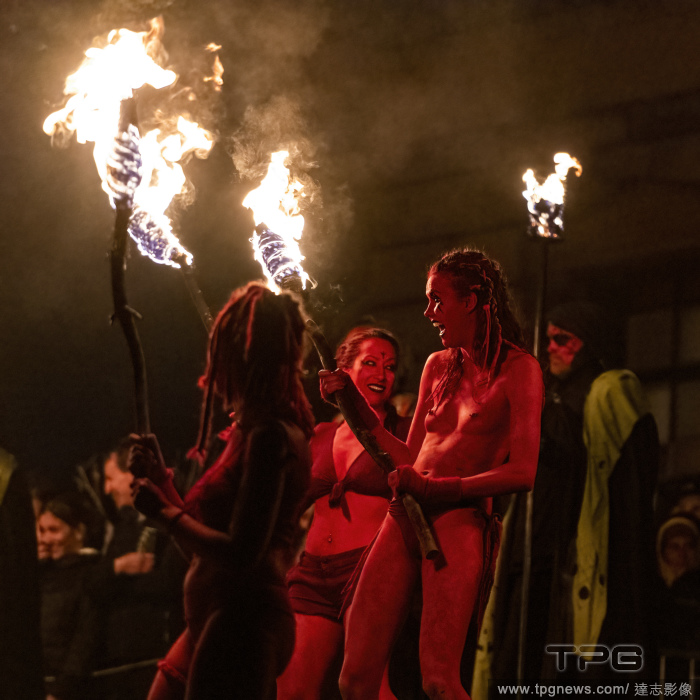
Editorial Beltane Fire Festival 2022, Calton Hill, Edinburgh, Scotland, 30/04/2022
- 2022-05-01
- 3
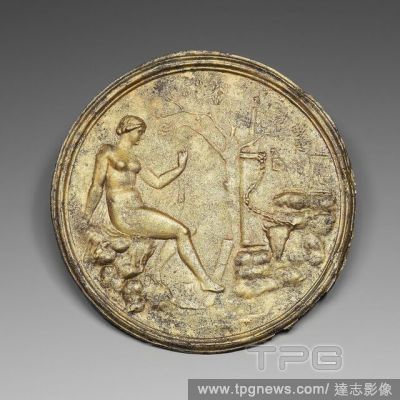
Editorial Mirror. Roman. Date: 101 AD-200 AD. Dimensions: Diameter: 11.8 cm (4 11/16 in.); Depth: 0.86 cm (3/8 in.). Reflective disk: bronze; repouss? disk: brass. Origin: Roman Empire.
- 2022-04-24
- 1
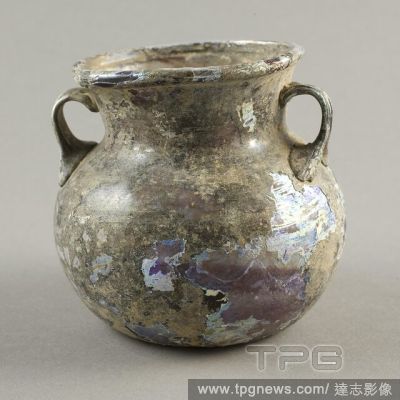
Editorial Jar. Roman; Levant or Syria. Date: 101 AD-300 AD. Dimensions: 8.6 ? 9.2 ? 9.2 cm (3 3/8 ? 3 5/8 ? 3 5/8 in.). Glass, blown technique. Origin: Syria.
- 2022-04-24
- 1

Editorial Denarius (Coin) Depicting the God Liber. Roman. Date: 78 BC. Dimensions: Diam. 2 cm; 3.58 g. Silver. Origin: Roman Empire.
- 2022-04-24
- 1

Editorial Statuette of a Horse. Greek. Date: 750 BC-730 BC. Dimensions: 9.2 ? 8.2 ? 2.6 cm (3.6 ? 3.2 ? 1 in.). Bronze. Origin: .
- 2022-04-24
- 1

Editorial Kantharos (Drinking Cup). Greek; Apulia, Italy. Date: 300 BC-275 BC. Dimensions: 15.4 ? 18 ? 13.3 cm (6 1/8 ? 7 1/8 ? 5 1/4in.). Terra-cotta, Late Gnathia ware. Origin: Apulia.
- 2022-04-24
- 1
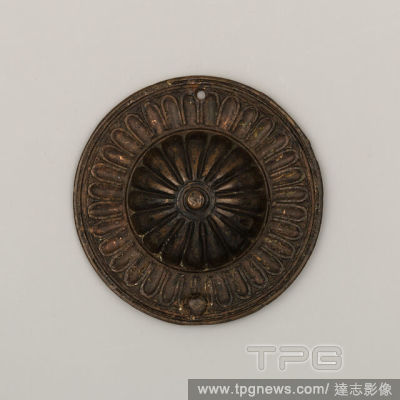
Editorial Bit Boss.
- 2022-04-24
- 1

Editorial Statuette of a Horse. Greek. Date: 750 BC-730 BC. Dimensions: 9.2 ? 8.2 ? 2.6 cm (3.6 ? 3.2 ? 1 in.). Bronze. Origin: .
- 2022-04-24
- 1

Editorial Academy of Ancient Music.
- 2022-04-24
- 1
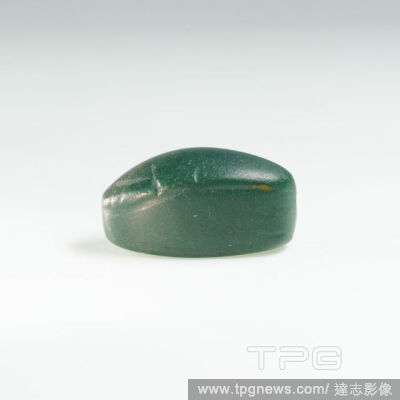
Editorial scarab.
- 2022-04-24
- 1

Editorial Martin Foulkes.
- 2022-04-24
- 1
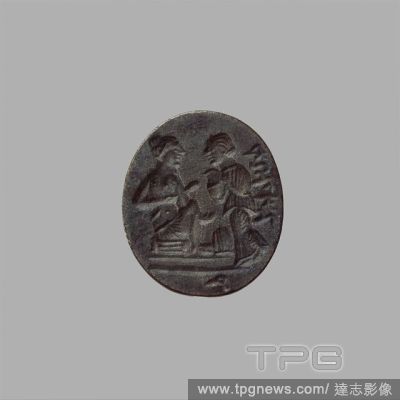
Editorial Intaglio Ring with Two Figures.
- 2022-04-24
- 1
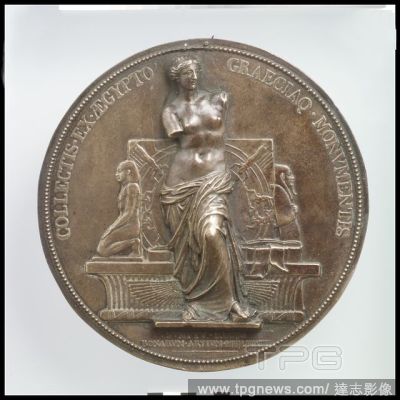
Editorial A uniface medal of the Ancient Greek and Egyptian Monuments of the Louvre.
- 2022-04-24
- 1

Editorial Bronze statuette of a woman.
- 2022-04-24
- 1

Editorial The Internal Revenue Service may run on ancient technology, but that isn’t stopping it from taking its cut from your newfangled cryptocurrency winnings. (Adam McCauley/The New York Times)
- 2022-03-26
- 1

Editorial Ring Depicting Isis and Horus. Egyptian. Date: 305 BC-30 BC. Dimensions: 1.6 x 2.2 x 2 cm (5/8 x 7/8 x 13/16 in.). Gold. Origin: Egypt.
- 2022-01-18
- 1

Editorial Amulet of the Eye of the God Horus (Wedjat). Egyptian. Date: 305 BC-30 BC. Dimensions: 1.6 ? 1.7 ? 0.5 cm (5/8 ? 5/8 ? 1/4 in.). Faience. Origin: Egypt.
- 2022-01-18
- 1
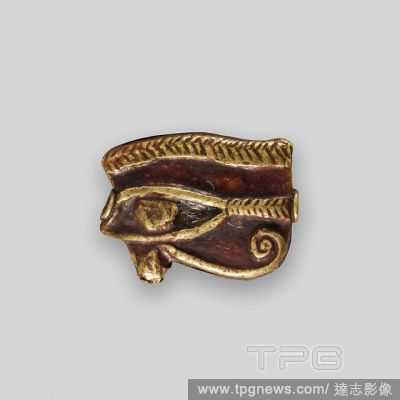
Editorial Amulet of the Eye of the God Horus (Wedjat). Egyptian. Date: 305 BC-30 BC. Dimensions: 0.9 x 1.2 x 0.3 cm (3/8 x 1/2 x 1/8 in.). Gold. Origin: Egypt.
- 2022-01-18
- 2

Editorial Jar. Egyptian. Date: 2707 BC-2219 BC. Dimensions: 7.6 ? 4.5 ? 4.5 cm (3 ? 1 3/4 ? 1 3/4 in.). Stone. Origin: Egypt.
- 2022-01-18
- 2
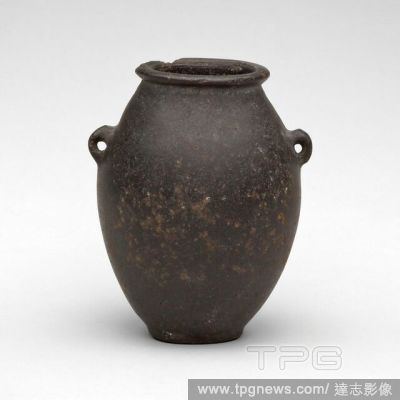
Editorial Vessel with Lug Handles. Egyptian. Date: 4000 BC-2250 BC. Dimensions: 8.8 ? 5.2 ? 4.8 cm (3 1/2 ? 2 1/16 ? 1 7/8 in.). Stone. Origin: Egypt.
- 2022-01-18
- 6
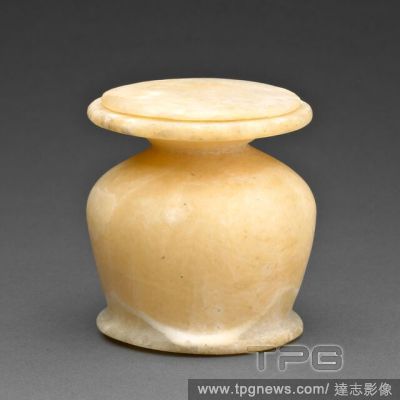
Editorial Kohl Jar with Lid. Egyptian. Date: 1985 BC-1773 BC. Dimensions: a (jar): 7.1 ? 6.8 ? 7 cm (2 13/16 ? 2 11/16 ? 2 3/4 in.) b (lid): .68 ? 6 ? 6 cm (1/4 ? 2 3/8 ? 2 3/8 in.). Egyptian alabaster. Origin: Egypt.
- 2022-01-18
- 1
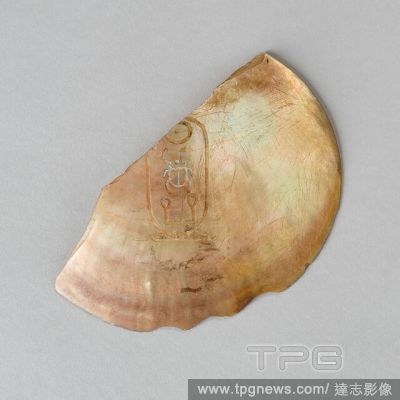
Editorial Pendant with the Cartouche of Kheperkare (Sesostris I). Egyptian. Date: 1956 BC-1911 BC. Dimensions: 10.5 ? 6.4 ? 0.3 cm (4 1/8 ? 2 1/2 ? 1/8 in.). Shell. Origin: Egypt.
- 2022-01-18
- 1

Editorial Oil Jar with Lid. Egyptian. Date: 1976 BC-1794 BC. Dimensions: a (jar): 7.9 ? 7.4 ? 7.4 cm (3.14 ? 2.95 ? 2.94 in) b (lid): .5 ? 7.4 ? 7.4 cm (.21 ? 2.92 ? 2.95 in). Stone. Origin: Egypt.
- 2022-01-18
- 1
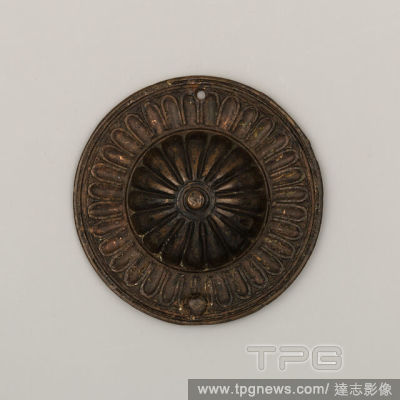
Editorial Bit Boss.
- 2022-01-18
- 1
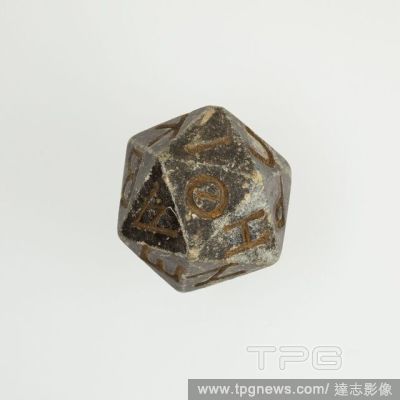
Editorial Twenty-sided die (icosahedron) with faces inscribed with Greek letters.
- 2022-01-18
- 1
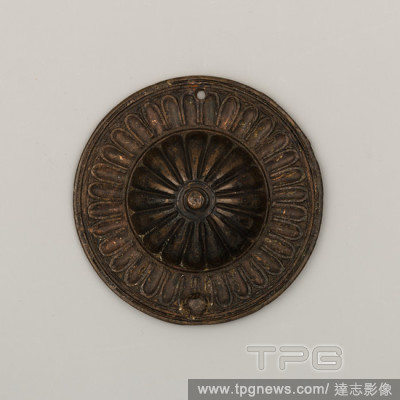
Editorial Bit Boss.
- 2021-10-09
- 1
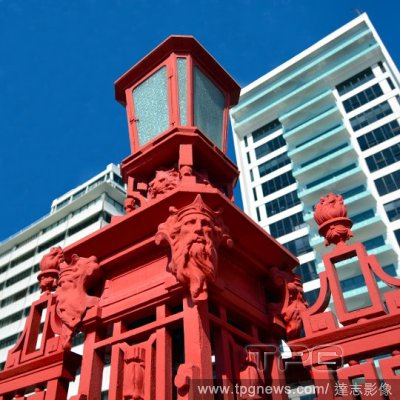
Editorial Details of the Red Fence of Captain Cook wharf in Auckland, New Zealand
- 2021-09-29
- 1
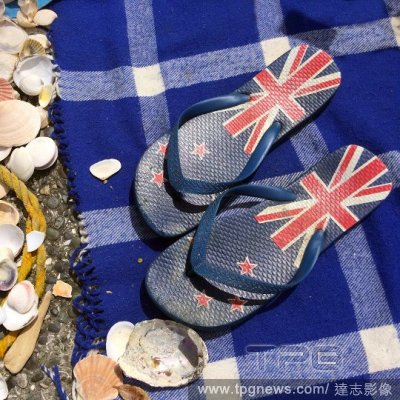
Editorial New Zealand Flip-flops
- 2021-09-23
- 1

Editorial Military-patriotic performance in Moscow, Russia - 17 May 2021
- 2021-08-19
- 1
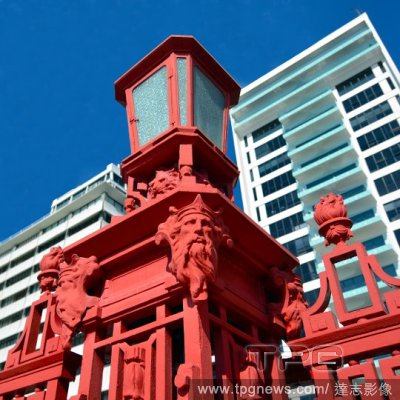
Editorial Details of the Red Fence of Captain Cook wharf in Auckland, New Zealand
- 2021-07-05
- 1

Editorial New Zealand Flip-flops
- 2021-06-27
- 1
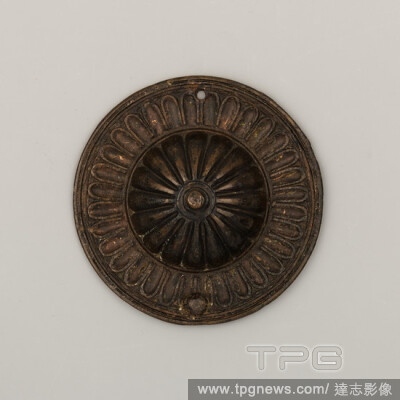
Editorial Bit Boss.
- 2021-02-22
- 1

Editorial Bit Boss.
- 2021-02-21
- 1
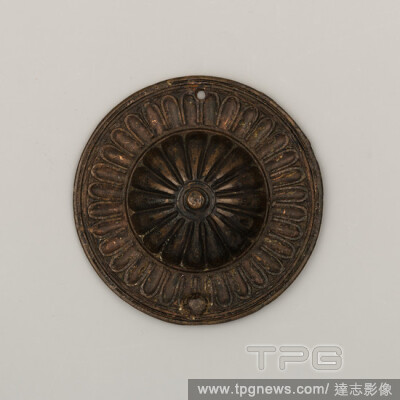
Editorial Bit Boss.
- 2021-02-21
- 1
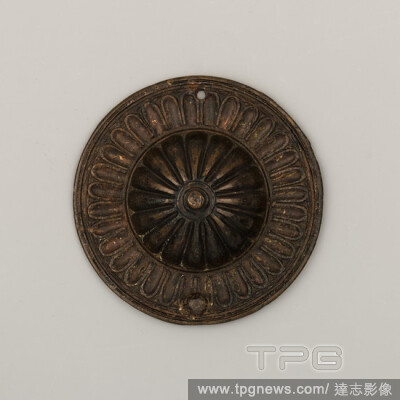
Editorial Bit Boss.
- 2021-02-21
- 1

Editorial Centaur, Gift from Gertrud Benndorf (Hamburg), Clay, hand-modeled, Clay, hand-modeled, Total: Height: 8.8 cm; Width: 5.5 cm; Depth: 8.2 cm, Ceramics, Small sculptures/small sculptures, Centaurs, late archaic, Greek antiquity, The centaur stands on the ...
- 2021-02-21
- 1
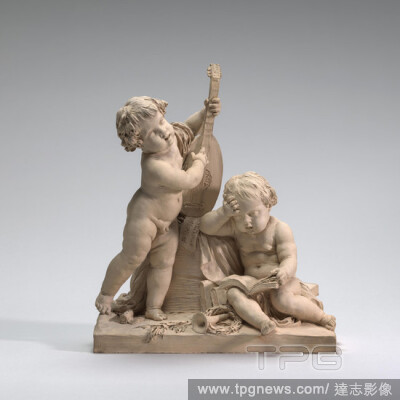
Editorial Clodion, (artist), French, 1738 - 1814, Model for 'Poetry and Music', 1774, terracotta, overall: 27 x 23.3 x 15.6 cm (10 5/8 x 9 3/16 x 6 1/8 in.), Clodion specialized in small-scale terracotta figure groups, often with playfully erotic subjects loosel...
- 2021-02-21
- 1
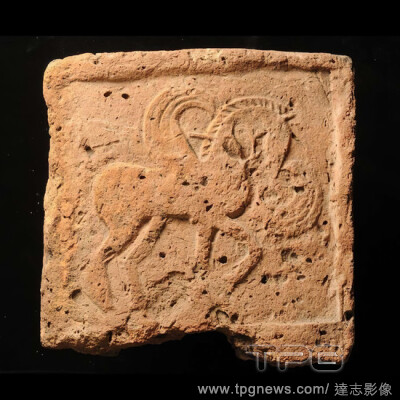
Editorial Ancient Near East, plate, relief, earthenware, L 34 cm, W 32 cm, H 6 cm, Parthian Period, Sassanian Period 0-650 AD, Iraq.
- 2021-02-21
- 1
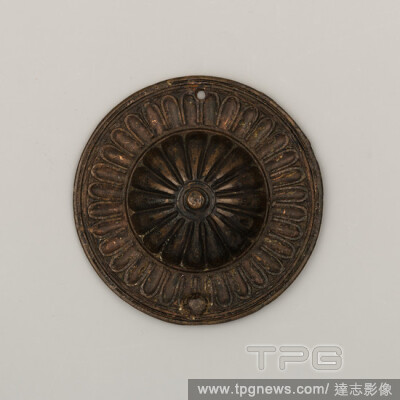
Editorial Bit Boss.
- 2021-02-20
- 1
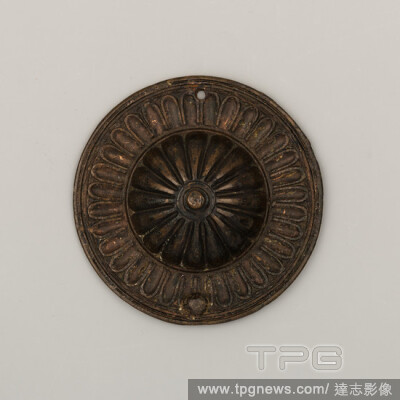
Editorial Bit Boss.
- 2021-02-19
- 1
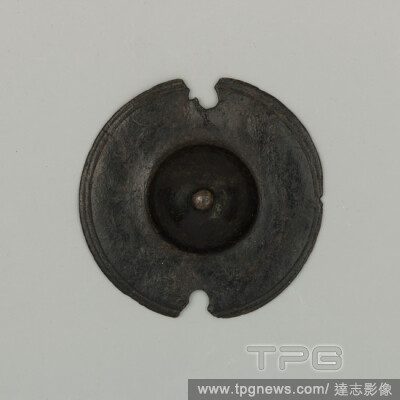
Editorial Bit Boss.
- 2021-02-19
- 1
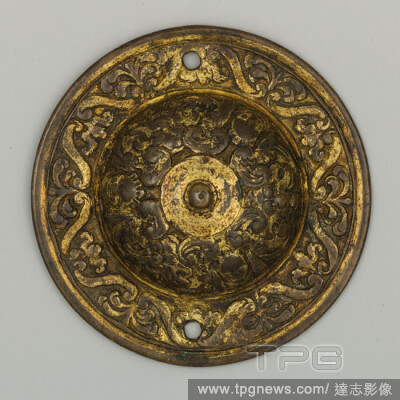
Editorial Bit Boss.
- 2021-02-19
- 1
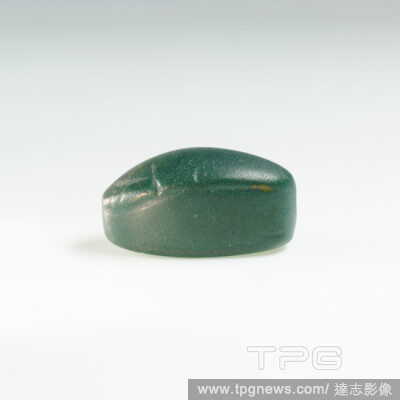
Editorial scarab.
- 2021-02-19
- 1
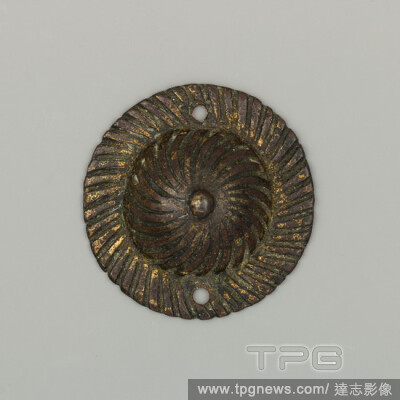
Editorial Bit Boss.
- 2021-02-19
- 1

Editorial Unknown Artist, Sestertius of the reign of Nero, 054-068, orichalcum (ancient brass).
- 2021-02-19
- 1

Editorial Unknown Artist, Sestertius of Caligula, n.d., orichalcum (ancient brass).
- 2021-02-19
- 1
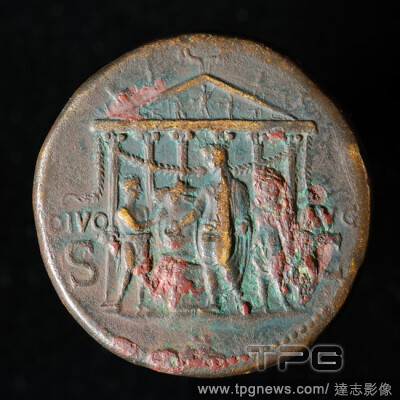
Editorial Unknown Artist, Sestertius of Caligula, 476 BC-015 BC, orichalcum (ancient brass).
- 2021-02-19
- 1

Editorial Unknown Artist, Sestertius of the reign of Claudius, 041-054, orichalcum (ancient brass).
- 2021-02-19
- 1
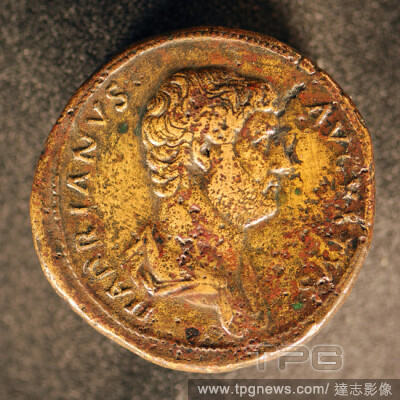
Editorial Unknown Artist, Sestertius of Hadrian, n.d., orichalcum (ancient brass).
- 2021-02-19
- 1

Editorial Unknown Artist, Sestertius of Claudius, 041-050, orichalcum (ancient brass), x 1 5/8 in. ( x 4.13 cm.).
- 2021-02-19
- 1

Editorial Unknown Artist, Sestertius of Marcus Aurelius, 170-171, orichalcum (ancient brass).
- 2021-02-19
- 1
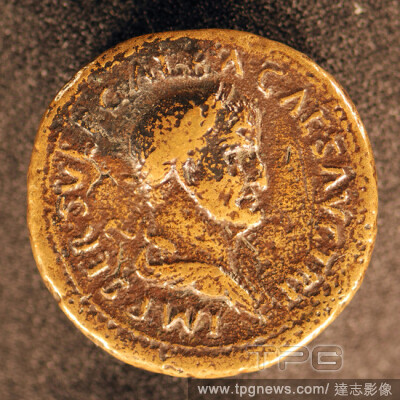
Editorial Unknown Artist, Sestertius of the reign of Galba, 068-069, orichalcum (ancient brass).
- 2021-02-19
- 1

Editorial Mold and Impression for a Seated Buddha.
- 2020-12-04
- 1

Editorial Heart amulets, New Kingdom, Dynasty 18?19, ca. 1550?1186 B.C., From Egypt, Agate, glass, Agate: H. 2.2 cm (7/8 in); w. 1.9 cm (3/4 in), For the ancient Egyptians, the heart (ib) was the source of intelligence, feelings, and actions. A person's memory w...
- 2020-12-02
- 1

Editorial Reliquary in the Shape of a Stupa, ca. 4th?5th century, Pakistan (ancient region of Gandhara), Bronze, H. 22 3/4 in. (57.8 cm); W. 7 1/2 in. (19.1 cm), Sculpture, The stupa sits atop a Corinthian capital bracketed by four felines with wings and beaks. ...
- 2020-12-02
- 1

Editorial Fasting Buddha Shakyamuni, Kushan period, 3rd?5th century, Pakistan (ancient region of Gandhara), Schist, H. 10 15/16 in. (27.8 cm), Sculpture, After reaching enlightenment at Bodhgaya, Shakyamuni meditated and fasted for forty-nine days. Thus, showing...
- 2020-12-02
- 1
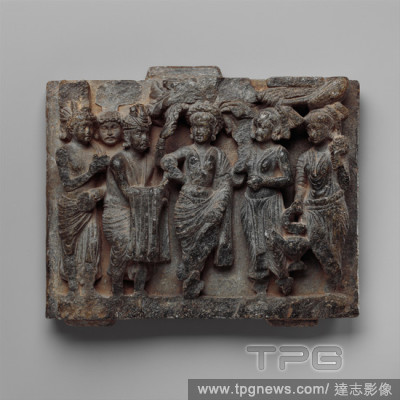
Editorial Birth of the Buddha Shakyamuni, Kushan period, ca. 2nd century, Pakistan (ancient region of Gandhara), Stone, H. 6 15/16 in. (16 cm); W. 7 3/4 in. (19.7 cm); D. 1 7/8 in. (4.8 cm), Sculpture, This panel, together with the one showing Maya's dream, was ...
- 2020-12-02
- 1
 Loading
Loading 